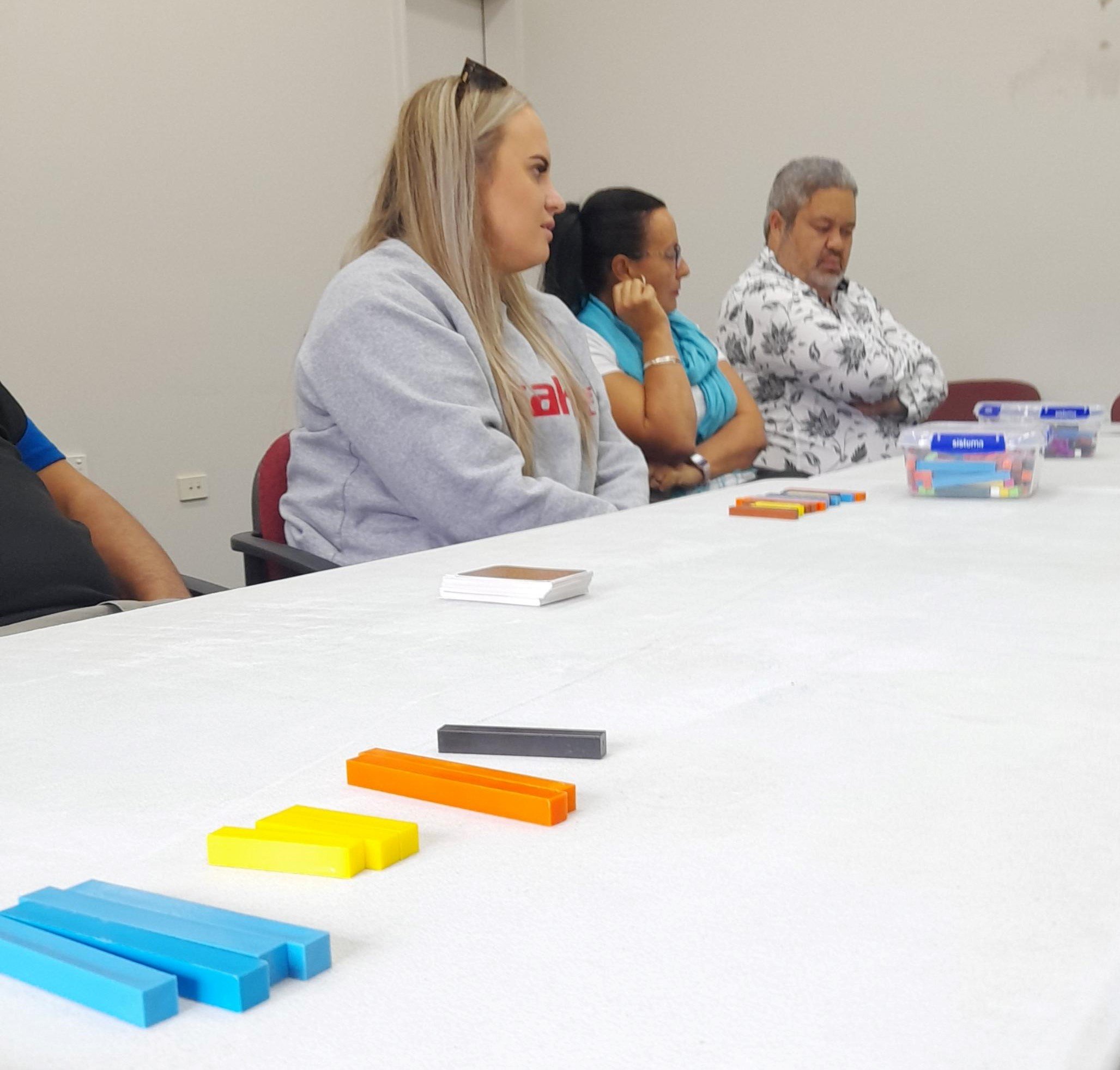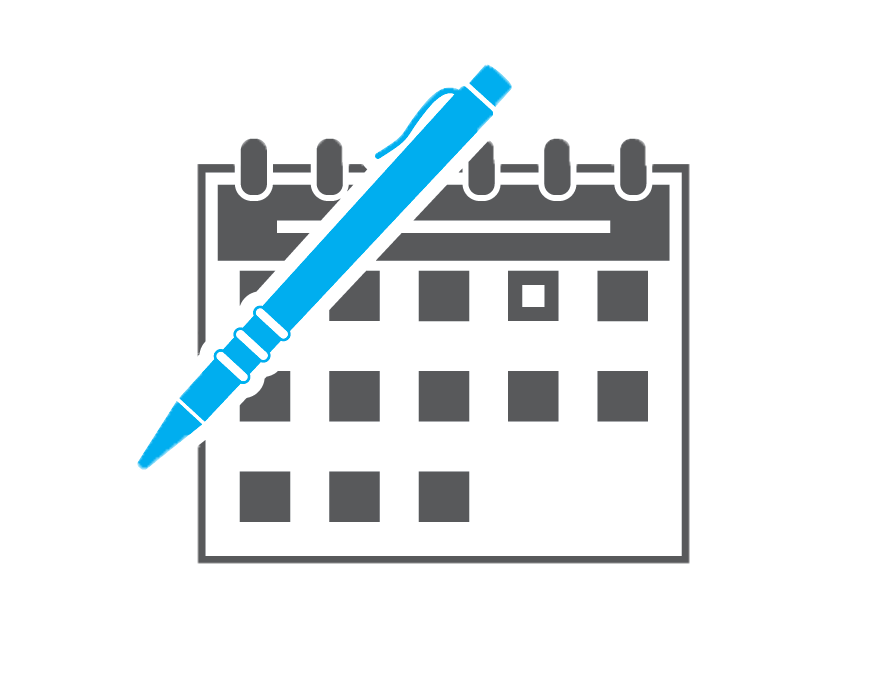Mā te huruhuru ka rere te manu – a bird is adorned with its plumage in order that it may take flight
This Te Piki Oranga whakatakanga is embodied in the new kaimahi cultural capability development programme Tuku Te Rere.
Carl Baker, Pou Taki and tātāriki of Tuku Te Rere, was pleased to launch the programme at te tari o Whakatū on 19 January. Wairau kaimahi were next to start Tuku Te Rere, closely followed by Wairau, Motueka and Waimeha. Most recently, Tuku Te Rere was introduced to the primary care team at Manu Ora in Wairau.
“All have begun their journeys to increase their cultural capability along the continuum of learning. Learning progresses in a stepped scale shaped around the concept of a manu as it grows from a hatchling in its cultural infancy, to a young bird and then a more competent fledgling before becoming a manu tāiko – as a cultural proficient guardian,” Carl says.
Tuku Te Rere is part of te anga āheitanga ahurea, the Te Piki Oranga cultural capability framework.
Once kaimahi complete the cultural assessment, a cultural capability development plan is agreed with their supervisor or manager.
Carl says that kaimahi are given time and resources, to ensure they can meet the critical success factors that will pinpoint, how kaimahi will collectively achieve Te Piki Oranga pae tawhiti – organisational goals. These include:
Te reo me ōna tikanga
Rautaki (strategy)
Te Tiriti o Waitangi
Māori models of health
Learning continues outside of work and kaimahi are encouraged to invest their own time on their journey.
“As kaimahi progress along the four stages, the meaning of traditional rituals like karakia, waiata and mihi whakatau and attending tangi is revealed, in the sense of why these things are essential to know in a kaupapa Māori health service,” Carl says.
“The practice of tuakana/teina and active learning where learning is reciprocal between teacher and student is an ‘organic’ learning process. But the trick is to think ‘whakaaro Māori’ first and then put that thought process into a bi-cultural framework.”
One of the huruhuru, (planned actions) towards te reo me ōna tikanga goal, is access to te reo classes. This is now underway with kaimahi starting Te Ataarangi lessons in mid-March and reporting positive experiences of the programme.
“Learning te reo Māori with a method that is all about working as a whānau and helping each other is a bonus, especially as kaimahi.
“We have kaimahi well-versed in te reo sitting with kaimahi beginning their journey, embracing the Mahi a Atua principle ‘Ka mā te ariki, tauira, ka mā te tauira’ that is about being an active learner. This principle encourages us to be responsive to each other and to our environment,” Carl says.
Te Ataarangi is complementary to the kaupapa of Tuke Te Rere – and to the Te Piki Oranga kitenga and whakatakanga.
“Our kitenga – vison – is to have culturally capable kaimahi providing an exemplary kaupapa Māori service to whānau, hapū and iwi of Te Tauihu o te waka-a-Māui.
“We want to ensure the pūkenga (skills) in a Māori paradigm can be drawn upon to meet the needs of whānau – in their homes, in our clinics, on marae. So that Māori feel their time with Te Piki Oranga is tika (correct), genuine and sincere.”
Te Piki Oranga kaimahi (Whakatū)
Manu Ora kaimahi
He tirohanga mai i te kaimahi
Karen MacDonald, Pūkenga Manaaki, has completed the first stage – Manu Pūhouhou (hatchling).
She is now firmly on her te reo Māori journey and aspires to kōrero more confidently by the end of the year. Reflecting on the kaupapa of Tuku Te Rere, Karen says it is important that kaimahi are competent and capable in tikanga Māori.
“So we understand the meanings of whānaungatanga, rangatiratanga, manaakitanga – all the ‘tanga’! And so as a rōpū can support our whānau in a te ao Māori environment, not just in a clinical space.
Karen says that it is also important for kaimahi to “have an actual knowledge of tangata whenua, ‘korero ki te korero’.”
Hana Randall, Pūkenga Manaaki in adult mental health, has also completed the Manu Pūhouhou stage. She is now set to continue learning te reo at NMIT as well as during her worktime with Te Ataarangi.
“I want to try continue with as many wānanga Māori where I can continue my learning journey in my own time.
“Tuku Te Rere is going to keep me tika and pono in my learning journey and with what I should already be doing working in a kaupapa Māori space,” Hana says.
“If we are not competent and capable, then why are we serving as a kaupapa Māori service? We should be living by Tikanga every day and learning as we can.”
Mō Mātou: Te Ataarangi
Te Ataarangi is a programme for adult Māori language learning developed in the late 1970's by Dr Kāterina Te Heikōkō Mataira and Ngoingoi Pewhairangi.
It is modelled on a learning method developed by Caleb Gattegno, which uses cuisenaire rods (rākau) and spoken language. His methodology was further developed to incorporate Māori values and customs, and Te Ataarangi was born.
Thousands of adults have learned to speak te reo Māori in Te Ataarangi classes, with Te Piki Oranga kaimahi starting their Te Ataarangi journey this year.
Rākau rods being used by Te Piki Oranga kaimahi in a Te Ataarangi class






